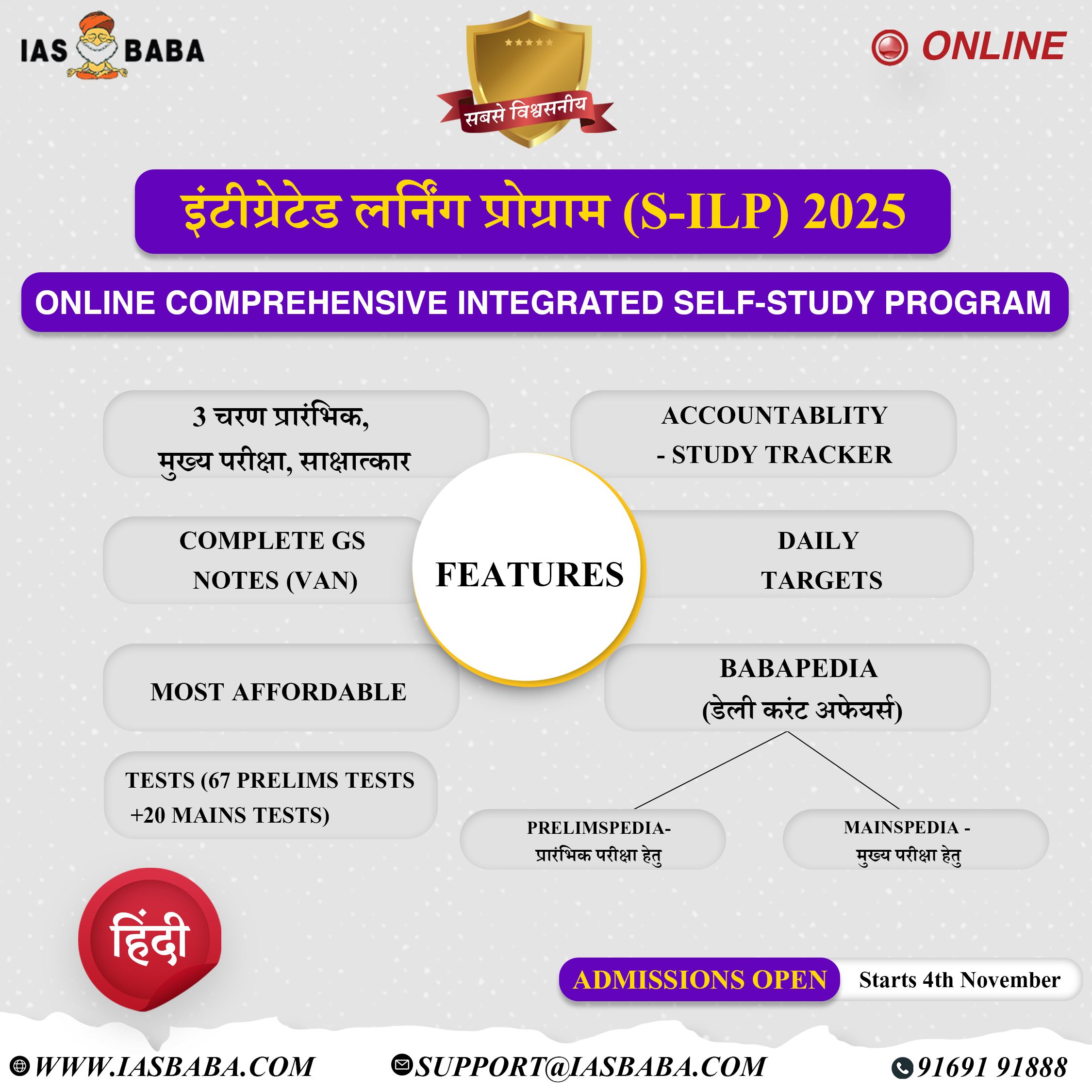UPSC Articles
LiDAR
Part of: GS Prelims and GS-III- Science & Technology
In News:
- In simple terms, LiDAR stands for light detection and ranging.
- It is basically a remote sensing method that uses light in the form of a pulsed laser to measure distances to the subject.
- These light pulses – when combined with other data, generate accurate, high-resolution three-dimensional information of the object.
- This technology is mostly used for ground-based surveys.
- LiDAR was first used on a spacecraft during the Apollo 15 mission in 1971, when astronauts mapped the surface of the moon.
- Apart from aerial surveys, the LiDAR sensor is the most important component in self-driving cars. The LiDAR sensor provides continuous 360 degrees of visibility and accurate depth information.
Challenges with LiDAR
- LiDAR can measure the distance to surrounding objects up to 5 meters away, but won’t fare well in identifying objects in the vicinity.
- Also, it can’t perform well in fog, rain, snow and dusty weather.
- LiDAR also struggles to detect a glass wall or door, which is why smartphone manufacturers and self-driving cars makers use LiDAR along with secondary cameras and sensors.
Do You Know?
- Sonar (short for sound navigation and ranging) relies on sound waves to detect objects and hence is usually used to detect objects underwater.
- Meanwhile, Radar (short for radio detection and ranging) uses radio waves to determine an object’s distance or range. Radio waves can work over a long distance and perform better in dusty conditions.











